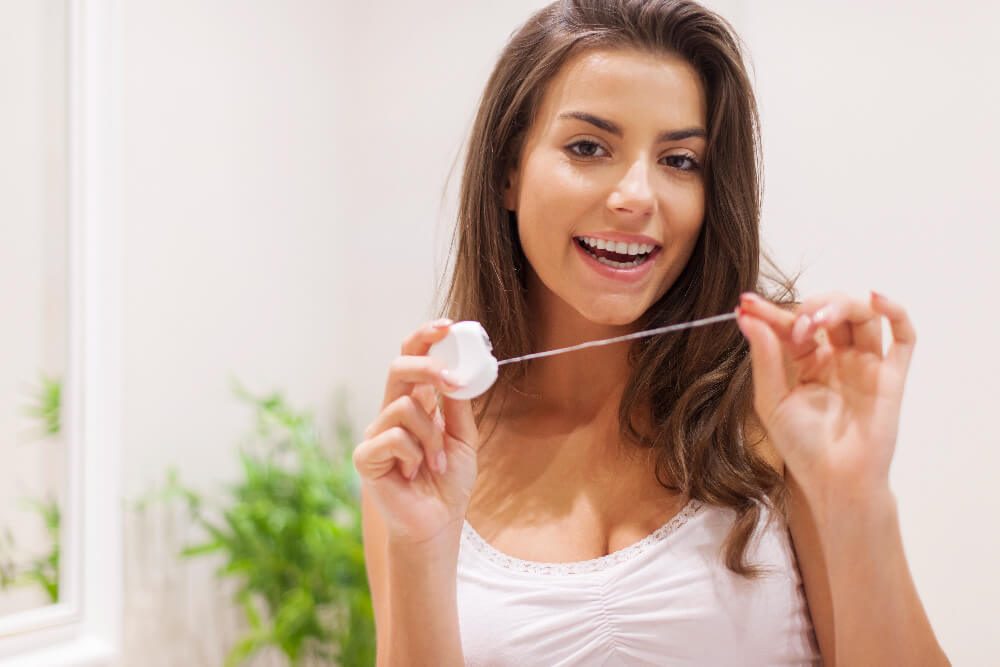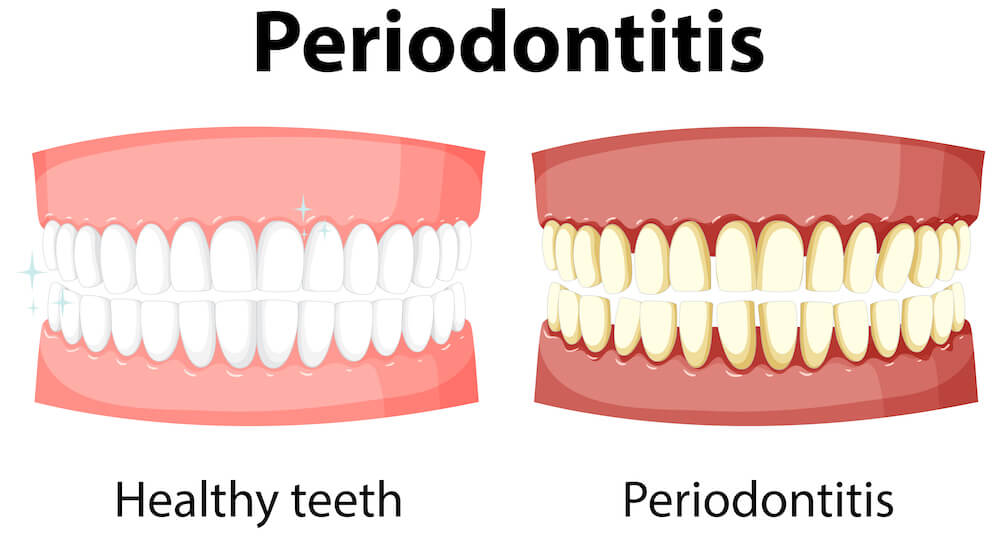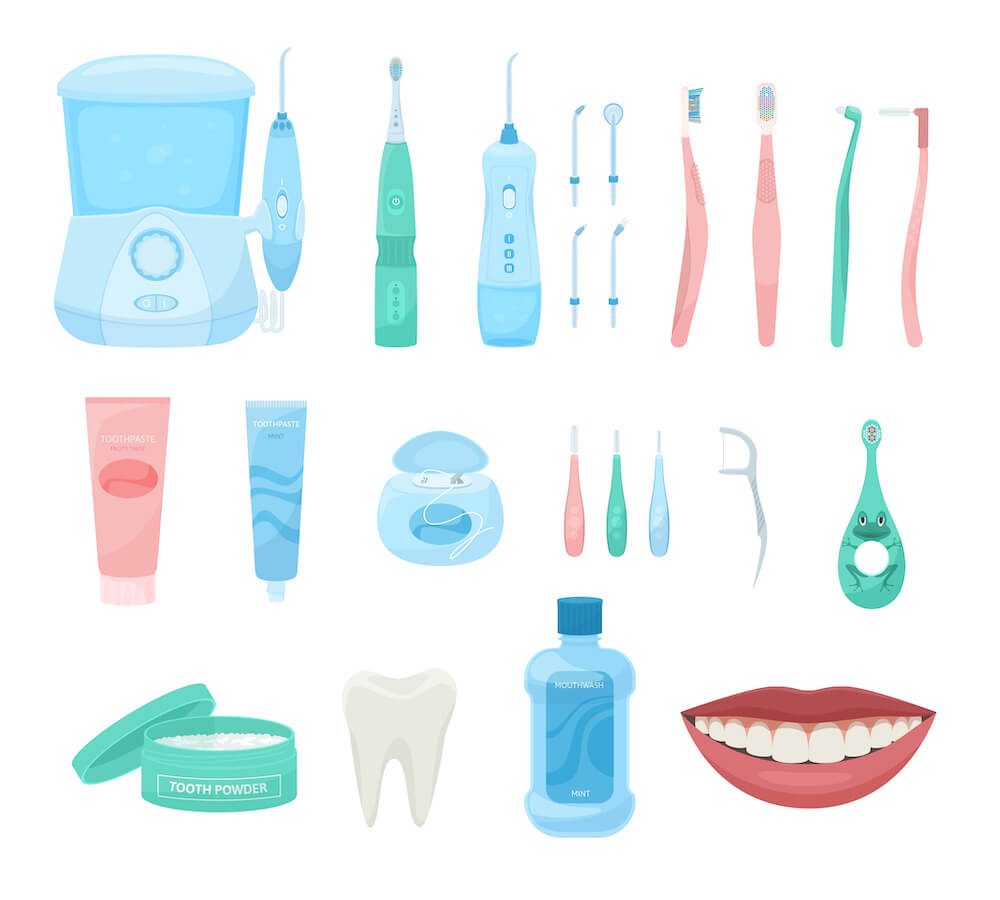Ask the Dentist: Do I Really Need to Floss My Teeth?

Whenever you visit your local dental clinic for a check up, you’ve likely been told by your dentist or oral hygiene therapist that you need to floss your teeth more regularly.
Brushing your teeth is a widely accepted part of daily oral hygiene, but flossing often sparks debate.
Many patients ask, “Do I really need to floss my teeth?” The short answer is yes! Traditionally, we think of flossing as just using string floss that can be quite fiddly and tedious and hard to use.
But flossing really means the use of any cleaning aid that cleans in between the gaps of your teeth – this may include floss, floss sticks, interdental brushes and waterfloss.
Flossing plays a crucial role in maintaining oral health, preventing cavities, and reducing gum disease.
In this article, we explore the importance of flossing, the science behind it, and how to floss correctly to achieve the best results.
Why Is Flossing Important?
Flossing removes plaque and food particles from between the teeth, along the side surfaces of the teeth and under the gumline, areas that a toothbrush cannot effectively reach.
Some studies suggest that you can miss up to 30% of cleaning your tooth surfaces if you don’t floss. Without flossing, plaque buildup can lead to cavities, gum disease, and even systemic health issues.
1. Preventing Cavities
Plaque is a sticky film of bacteria that forms on teeth after eating. Essentially you can see plaque to be left over food scraps inside your mouth. It can be along your teeth, your gumline or even your tongue.
When plaque is not brushed or flossed off the teeth and gumline, plaque hardens into tartar (much like soft cement and hard cement that’s dried) which can only be removed by a dentist. Flossing helps to remove and break up plaque before it hardens or attracts too much bacteria that cause tooth decay.
2. Reducing Gum Disease
Gingivitis, the earliest stage of gum disease, occurs when plaque along the gumline irritates the gums, causing inflammation and bleeding. Flossing reduces plaque buildup, lowering the risk of gum disease and preventing more severe conditions like periodontitis which will cause gum infection, bone loss and wobbly teeth.
3. Preventing Bad Breath
Food particles trapped between teeth can lead to bad breath. It contains lots of bacteria which contribute to bad breath. Regular flossing helps keep your mouth fresh by removing food debris that causes odor.
Imagine when you open a garbage bin with food that’s been left in it for 4 weeks. It’s going to smell funky. That could be happening in your mouth if you don’t brush and floss all the food particles off
4. Supporting Overall Health
Studies have linked poor oral hygiene to heart disease, diabetes, and respiratory conditions. It becomes a vicious cycle.
It makes sense because the plaque essentially is a collection of old food and bad bacteria in your mouth, and if you don’t remove the plaque, you’re allowing a large nest of bacteria to grow in your mouth and you’re swallowing those bad bacteria into your body.
By maintaining good oral hygiene, including flossing, you can reduce your risk of these health problems.

What Does the Research Say About Flossing?
Scientific research supports the benefits of flossing. A study published in the Journal of Periodontology found that individuals who floss regularly have lower levels of gum inflammation and a reduced risk of periodontal disease. Another study in the American Journal of Preventive Medicine indicated that flossing combined with brushing significantly decreases plaque buildup and improves overall oral health.
Common Myths About Flossing
1. “Brushing Alone Is Enough”
Brushing removes plaque from the surfaces of your teeth, but it cannot reach the spaces between them. Flossing complements brushing by cleaning these hard-to-reach areas.
2. “Flossing Makes My Gums Bleed”
If your gums bleed when you floss, it is likely due to inflammation caused by plaque buildup. The plaque attracts bacteria and the bacteria and plaque together irritate your gums to cause them to bleed.
The next time you notice your gums bleeding, look in the mirror at the areas where your gums are bleeding and try to brush and floss more on those areas. Over time, you should actually see less and less bleeding.
If you’re only flossing once a week, you will have one week of plaque in that area and every time you floss it will bleed, but if you floss every day, there is less plaque and bacteria build up and less bleeding. So regular flossing can actually reduce bleeding as your gums become healthier over time.
3. “I Can Just Use Mouthwash Instead”
While mouthwash can help kill bacteria, it does not physically remove plaque and food particles. Flossing remains necessary for mechanical cleaning between teeth.
When you wash your bowls and plates after dinner, you can’t just rinse it with water under a tap, you need to use a brush or sponge to scrub it off. Why would your teeth be any different?
4. “Flossing Takes Too Much Time”
Flossing only takes a couple of minutes each day, and the benefits far outweigh the effort. It’s like waiting 6 months before mowing the grass in your yard and saying it takes too long, versus managing to do it regularly once a fortnight to make it quicker and easier to manage.
The more regular you floss, the better you get and faster you get as well. Establishing it as a habit makes it feel like second nature.
5. “I only need to floss when there is food stuck”
The reality is that there is ALWAYS food that is stuck between the teeth whether you notice it or not. It’s like saying you don’t have first underneath your fingernails after gardening if you don’t look at it or feel it. Whenever you eat food, you will have some food stuck between your teeth.
How to Floss Properly
- Choose the Right Floss: Waxed, unwaxed, dental tape, or floss picks—all serve the same function, so pick one that feels comfortable.
- Use Enough Floss: About 18 inches of floss allows you to use a clean section between each tooth.
- Wrap the Floss Around Your Fingers: Hold it tightly between your thumbs and forefingers.
- Glide the Floss Gently: Slide it between your teeth without snapping it against the gums.
- Curve Around the Tooth: Form a “C” shape and move it up and down against the tooth surface. Not just a vertical up and down motion.
- Repeat for All Teeth: Don’t forget the back of your last molars!

Alternatives to Traditional Flossing
Traditionally, we think of flossing as just using string floss that can be quite fiddly and tedious and hard to use. But flossing really means the use of any cleaning aid that cleans in between the gaps of your teeth – this may include floss, floss sticks, interdental brushes and waterfloss.
If traditional flossing is challenging, consider these alternatives:
- Water Flossers: Devices that use a stream of water to clean between teeth. It’s like a miniature water pressure cleaner but for your teeth. It can be shared by the whole family.
- Interdental Brushes: Small brushes like miniature pipe cleaners designed to fit between teeth and used like a toothpick. These can be both reusable and disposable.
- Floss Picks: These are plastic handles with a fork end that has a small length of floss attached to it to make flossing easier and more convenient. They’re disposable tools for on-the-go flossing.
Conclusion
Flossing is an essential part of oral hygiene that helps prevent cavities, gum disease, and bad breath while supporting overall health. Scientific research confirms its benefits, and incorporating flossing into your daily routine can lead to a healthier smile. If you’re unsure about your flossing technique or need recommendations, consult your dentist during your next visit.
We hope this article has been helpful for all our patients. We want to provide you with the best dental and oral health education so that you know why and how these teeth, gums, mouth, and oral health problems can occur.
We also want to help you understand what we can do to prevent and treat them so that you and your family can achieve the best results.
My Local Dentists firmly believe in educating our patients to help them understand how to achieve good oral health.
